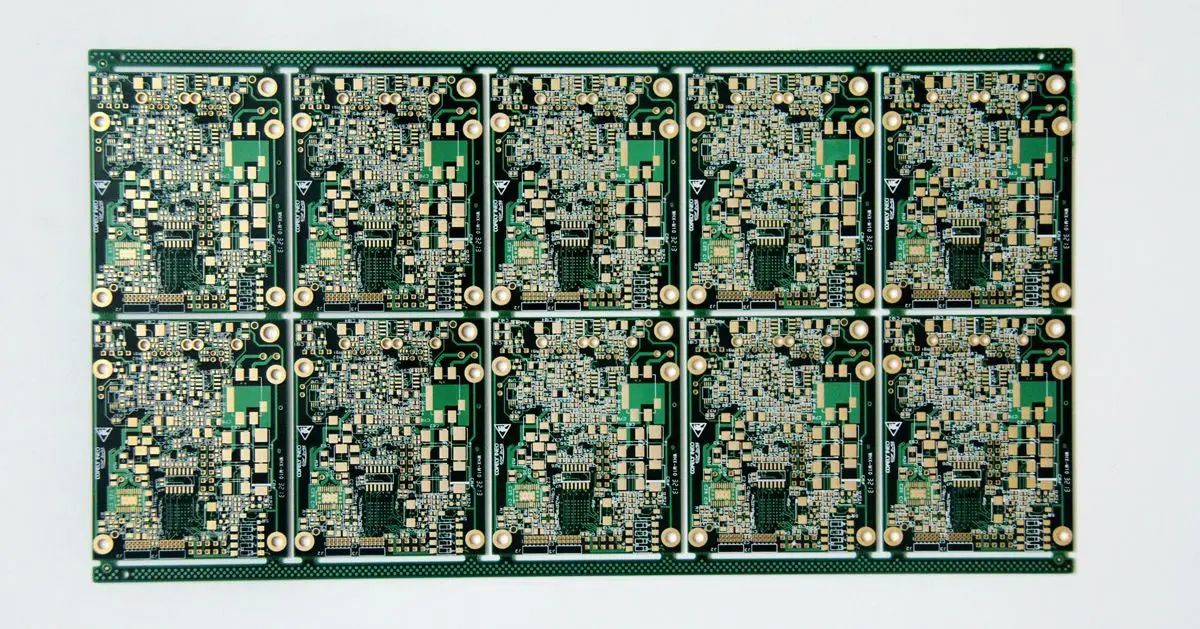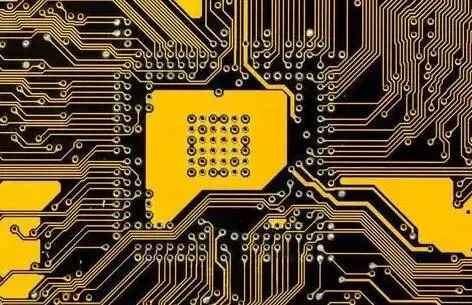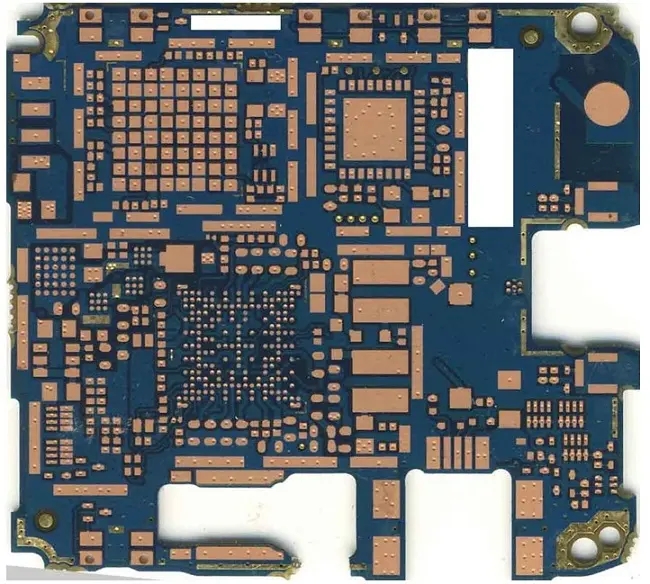
1、 Introduction
Lead solder is always used for circuit board welding. In the past decades, this technology has been widely used in countless assembly and packaging products, and all circuit boards can adapt to this mature welding technology. The standards, test methods and specifications of various quality and reliability are all based on this lead welding technology.
The ban on lead led by ROHS (European Union Directive on Restricting the Use of Hazardous Substances) has had a great impact on the board and process of the whole circuit board, with the main focus on the change of welding technology. In addition to welding technology, the impact caused by this limitation also involves the change of PCB materials. In other words, even if the PCB material does not contain lead, it does not mean that it is compatible with lead-free technology. The so-called SAC305 alloy (tin, silver, copper) has been preferred in the new welding, and its melting point is about 34 ℃ higher than the current tin lead eutectic solder. The current task is how to use this lead-free solder to achieve the welding performance of the old lead alloys. In order to achieve this goal, the boards must generally be replaced with strong heat resistant resin and boards with good moisture resistance.

In order to keep up with the latest development of PCB in sheet metal, reflow and flux, the operators must invest a lot of manpower and material resources to avoid falling in the transformation. The collection of key knowledge and reliability data will enable fully prepared suppliers to win in the new welding market.
2、 Multilayer PCB soldered without lead
Green products have a high demand for high T g and halogen-free materials. The lead-free soldering temperature will lead to the expansion of the plate in the Z direction, which will have a negative impact on the reliability of the plated through-hole and the integrity of the inner layer bonding. However, the research on the influence of the increase of assembly welding temperature on the inner layer pressing process is still few, and the practitioners need to go further. In this paper, the new intergrain Etc h (IGE for short) on the inner copper surface is combined with an alternative treatment (i.e. tin deposition treatment), which makes this revolutionary improvement have a stronger synergistic effect on the multilayered plate structure, which will be further described later.
The hybrid treatment (trade name is Secure HTg) of factory boundary corrosion and tin deposition has completed the internal surface treatment with multiple advantages with the help of each other; For example, the improvement of tear resistance strength, the enhancement of heat resistance reliability, the elimination of pink rings, the avoidance of wedge-shaped cracks, and the horizontal manufacturing process for large area sheets will be introduced in detail.
(1) Description of new mixing process (Secure HTg) for inner copper surface
The adhesion treatment of this inner layer of metal tin layer deliberately deposited on the copper surface has proved to be able to withstand the strong thermal test of lead-free welding. The process of this new process is as follows:
(1) Cleaning
Before micro etching the copper surface, it is necessary to complete a powerful cleaning treatment to remove the residue of dry film etching inhibitor and heavily polluted fingerprints.
(2) . Start processing
This station can protect the next station's micro etching solution from the damage of pollutants, and can provide appropriate surface etching potential to improve the subsequent micro etching effect.
(3) , Microetching
The improved "sulfuric acid/hydrogen peroxide" micro etching solution can be used to attack the grain boundary of copper to obtain the surface topography required for strong adhesion. This super deep micro etching can obtain the required surface roughness and make the subsequent mechanical bonding strength better. Compared with the poor shear strength of traditional black oxide fluff, the structure produced by copper here has shown better shear strength.
(4) , Enhanced processing
After finishing the micro etching of the inner copper surface, a gray metal tin layer will be deposited immediately, and then the MLB pressing process that can withstand lead-free welding will be completed.
(2) , Test Board and Results
This kind of test board with alternative oxidation treatment is a six layer board and a twelve layer board. The whole board is composed of a variety of different base materials, and is matched with 35 μ M, which can be used for various reliability tests. Tear strength test shall be carried out for each batch of test boards as a reference value for other subsequent tests. After the initial tear strength test, the same batch of samples shall be subject to multiple infrared lead-free reflow processes. Then another tear strength test shall be conducted to compare the possible deterioration of bonding strength of plates caused by back welding. It can be seen from this kind of data that lead-free assembly has a negative impact on the circuit board.
(3) Test results and discussion
The above tin copper mixing process (Secure HTg) of inner copper surface has been proved to be quite strong and practical after many tests. Each DOE sample is operated in the "stable state" bath solution of the mixing process to simulate the standard Huai production process.
From the pre reflow performance, it has been known that the traditional blackening reaction has shown good results in standard FR4 and halogen-free materials; However, the results of the pre thermal stress test are not good, and the adhesion after the thermal stress test is more important. As a result, it is impossible to sustain multiple lead-free soldering operations. In fact, it has been found that the adhesion strength has been reduced by more than 50%. At the same time, it was also found that the alternative blackening (AO) of the inner copper surface, grain boundary etching (IGE), the addition of reinforcing agent with AO, and the new mixed process (SecureHtg), all of which can reduce the adhesive strength after the test welding of the completed multilayer plates. However, the loss of mixed process is less than that of other methods. When the mixed process is applied to halogen-free materials, only 6% of the adhesive strength is reduced, which is better than the standard alternative blackening and 28% and 54% of the orthodox blackening.
It is also found that the mixed process can pass lead-free reflow in a variety of PCB substrate materials, and even the heat resistance test of T260 can pass. As for some samples that failed to pass the T288 test, it was found that the failure was caused by the substrate itself, which was completely unrelated to the copper surface treatment. T288 may not be a reliable test method due to extreme heat conditions and the consequent film failure. The outstanding performance of the mixing process should be attributed to the formation of the interface alloying tin layer between tin and copper, which has completely transformed into the interface alloying compound layer in the process of high temperature pressing. However, strong heat will change the microstructure between copper and tin. The density of tin layer decreases with the thickening of interface co gold compound, which inevitably leads to the formation of indefinite micro holes near the grain boundary of copper and tin. All the results show that tin atoms will migrate to the copper layer, leading to the growth of interface co gold compounds, and there will be another "ProfiliC finger like structure" between copper and IMC, which will greatly increase the mechanical binding force.






